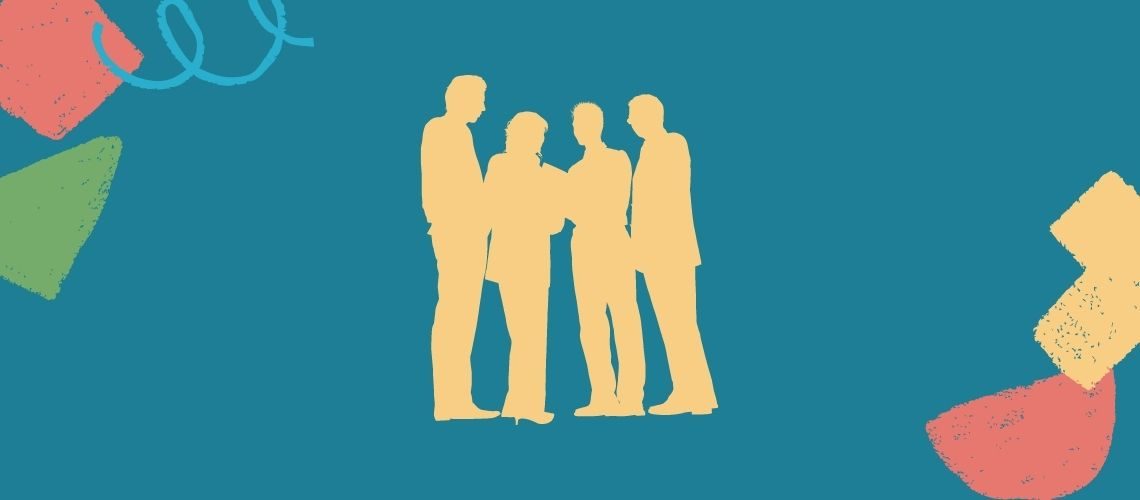Today employee experience has become as important as customer experience if you want to be a competitive employer. What drives this change, and how should you think, to address this in your organization? Here’s a hands-on practical tip on how you can start and how you can re-invent the way you treat your employees. Take five and let’s start.
There’s at least two major trends, that drives the importance of customer experience, and now also the importance of employee experience.
Democratization is about making something (i.e. service, product, commodity) accessible to everyone.
Consumerization is the reorientation of product and service designs to focus on the end user as an individual consumer, in contrast with an earlier era of only organization-oriented offerings.
These two together basically means that we want to have easy access to everything, when we want it and in our own personal way. This goes for how we expect to be treated as customers, and now also how we want to be treated as employees. We simply call this, “we as humans have the power”.
Why is this important for me as an organization and/or employer?
There is, unfortunately, a huge difference between me as a consumer, and me as an employee. At home I’m offered magical services that are so easy to sign up to, and at work I have to really struggle to just get some stuff ordered. This is now changing, and we are already starting to demand the same level of service at work. If you don’t address this as an employer you will not stay competitive in regards to other companies, and your employees will leave you for others.
It’s time to start by thinking about employee experience as much as you do with customer experience. Work with your organization in the same way you are working with your customer.
Let’s introduce a simple, yet powerful way of changing your perspective.
1️⃣ Step ONE – Mindset change, the “easy” part 
It’s time to first change your perspective, look at your employees like customers in your organization. Put yourself in the position that if your organization was a store, and your employees are your customers, what would you offer them.
2️⃣ Step TWO – Brainstorming
To get you started, draw four square like the model below. Then brainstorm square by square. Do this with your employees or start just yourself. I personally love post-its and a big wall, but a piece of paper will do as well.
- Job – What do the employees do and aim to achieve?
- Pains – What is preventing your employees to do their work? What is annoying and in their way?
- Gains – What would make your employees happy? What makes their work life, or life in general, easier?
- Services – What products, services, perks, benefits can I offer my employees to increase the gains, remove the pains?
Just get as many up on the wall or paper. Group them and remove duplicates
3️⃣ Step THREE – Prioritizing
So now it’s time to prioritize within the square Services. Choose the ones you should implement at first.
If you want to go hardcore, there’s a mindset twist you can take. Let’s say you didn’t pay your employees anything and they only worked at your company because they wanted to. How would you serve your employees? What would you offer them? Why will they choose you before others?
Don’t worry yet. Unfortunately, in this world today, so many organizations struggle in providing a seamless digital service for us as employees, that makes us feel more like humans than machines. So if you want to stay competitive as an employer, you have a chance to stand out. Now you have the chance to make action out of all the talk on “we put our people first” or “a workplace to love” mantras. Time to invest in your employee experience as much as you do you in your customer experience.
What do you think about this? How do you prioritize and work with employee experience in regards to customer experience in your organization?
Connect with us and let us know what your thoughts are, and as always we love feedback, in any form.
Think big, continuously act small and aim to be awesome.





